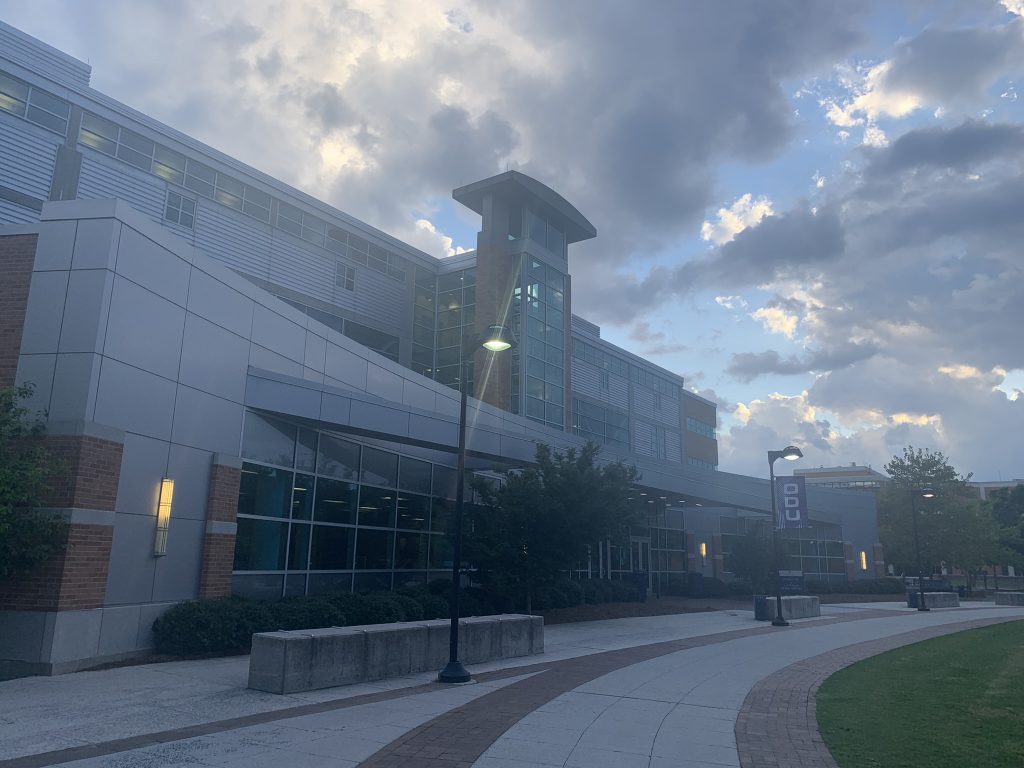
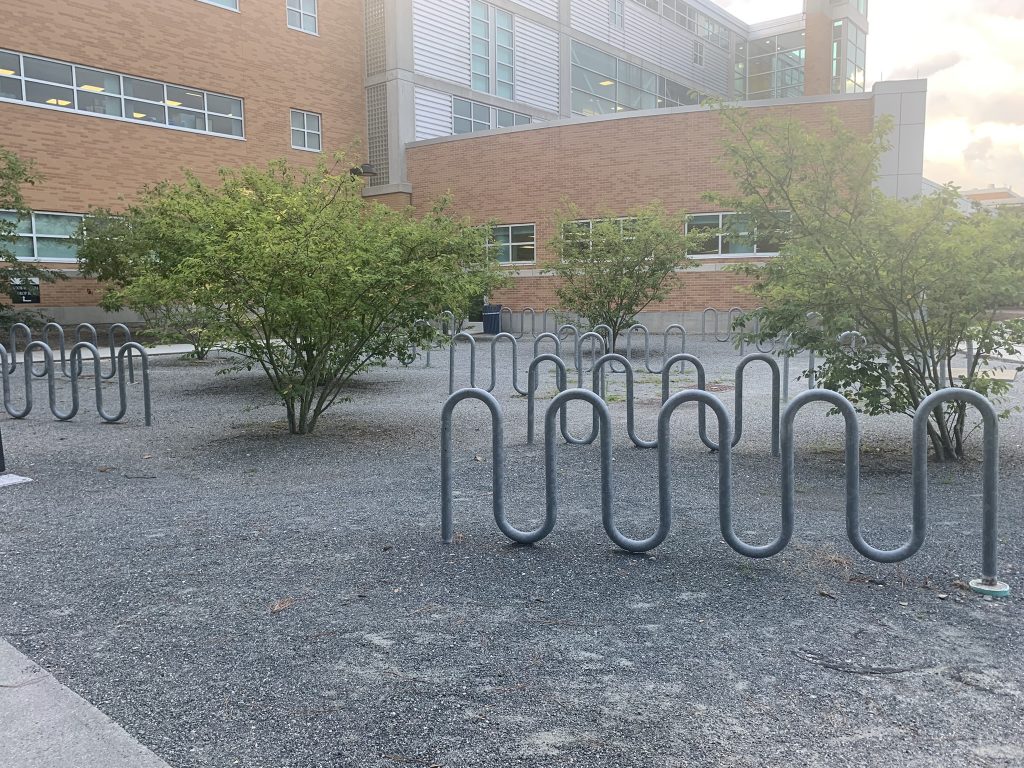
When it comes time to pick an academic library to tour, the choice seems obvious: despite living less than five minutes from Old Dominion University’s main library, I have never been there. That’s about to change.
The first thing I need to do is figure out which library is the main one. For this, I turn to ODU’s library website at https://www.odu.edu/library (Old Dominion University, n.d.b). The site feels a little too complicated to be ‘inviting,’ per se, but it is aesthetically pleasing. The photographs do have alt text descriptions, which is a refreshing change from Slover, whose opening hours are cemented as pixels in a screenshot with no accompanying description. ODU’s site does not appear to be available in other languages.
Right away, the sheer number of services strikes me: interlibrary loan, equipment loan, make a research appointment, library guides, room reservation, Monarch OneSearch. OneSearch serves as the library’s catalog, entirely available online and incredibly comprehensive. Clearly this library serves students first and foremost – many services involve helping with classes or research for classes. It also serves faculty, although evidence of this is sparser, mainly evident in the ability to request a book purchase. The site lists various materials available for borrowing, including books, journals, DVDs/VHS/CDs, government documents, and iPads/cameras. The special collections and university archives section also mentions collecting “documents, records, maps, photographs, letters, rare books, art, music, video, artifacts, and unique research collections” (Old Dominion University, n.d.d). There doesn’t appear to be any virtual programming.
There are staff members listed for all kinds of positions in various departments (Old Dominion University, n.d.c). I think my favorite title is University Archivist, though I’m also fascinated with the entire Systems Development section. The page lists phone numbers for each staff member in addition to the general ways to contact the library, which include phone, email, appointment, web forms, and online chat.
I’m looking for the main library. (I’m certain we’ve heard its name in class, but it’s not something I managed to memorize.) The page lists four different places: Learning Commons @ Perry Library, Elise N. Hofheimer Art Library, Music Library & Diehn Composers Room, and Special Collections & University Archives. The first seems like a decent bet. I click there and am led to a page describing a “dynamic, collaborative environment” where students can meet up and work together (Old Dominion University, n.d.a). There is not a page for the library at large. By process of elimination, I am forced to conclude Perry Library is the main branch, since I see no mention of other libraries save the specific art and music ones. (I’m used to the University of Chicago, which has more.)
Armed with all this knowledge, I set off on my adventure.
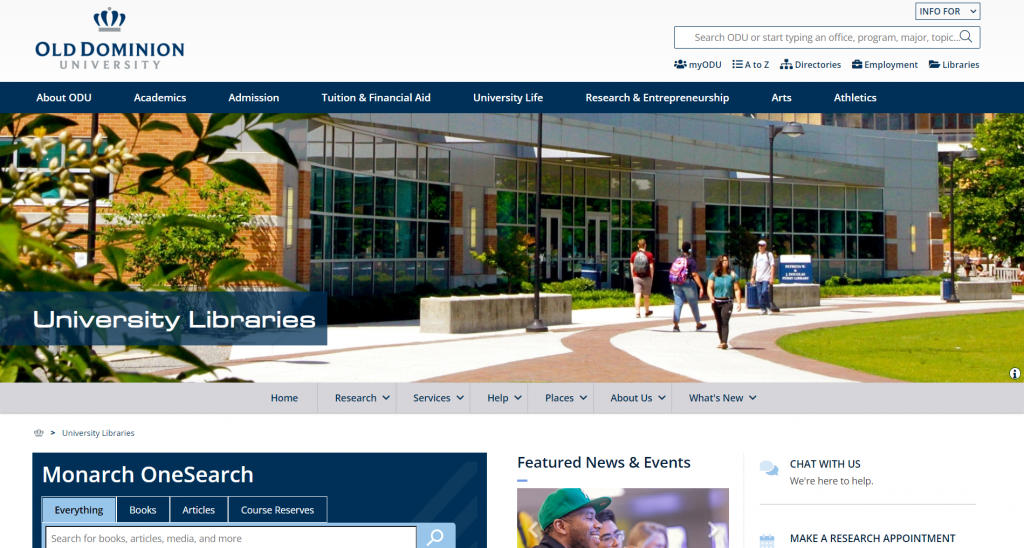
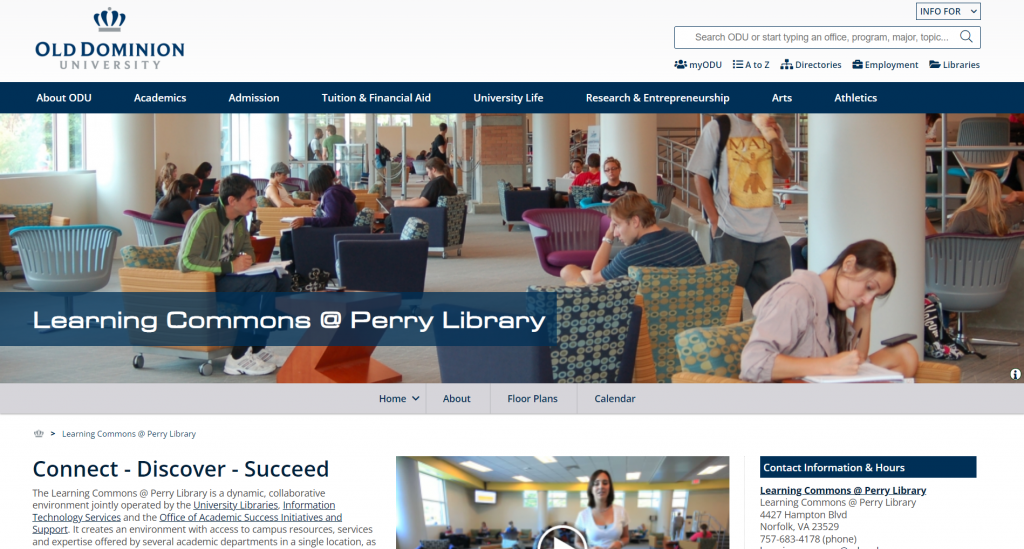
College campuses are usually designed, above all, to be walkable. If I lived on campus, I could even shuttle. But the shuttles don’t reach my apartment, and the walk there is a bit too far for me right now, so I end up having to drive, and therefore having to find a place to park. This could be considered my first mistake.
I pass the Perry Library sign and building on my way in, devoid of people, and continue on past a parking garage marked for faculty. Then I come upon a garage that claims to be hourly. When I open the listed parking website on my phone, however, it gives me only a daily option, and suggests it might not work in hourly garages, where I should pay the way listed on the sign. But the way listed on the sign is this website. In the end, I pay $8 in the hopes that it will help and leave it up to fate. (Spoiler: I will not get a ticket.)
I then walk back to the Perry Library sign and spend a good ten minutes trying every door in sight on the building next to it. They are all locked. I keep trying. Finally I figure out I’m at the back of the building. (Never let it be said I’m not willing to humiliate myself for the sake of my readers.) A long circuitous path takes me around to the front, where the building stands, wide and glassy with cement and brick and undeniably academic. Outside are dozens of bike racks, all empty. The entrance is wheelchair accessible.
Finally, I make it inside.
The first thing I notice is the amount of seating. There must be hundreds of chairs in the building, all counted up. Maybe a thousand. The first big space upon entering the ground floor contains armchairs and swivel chairs with small tables.
From the map, I confirm what the website said: this is a four-floor building. I keep moving past a ring of Mac computer stations and a series of Windows computer tables. Only two are occupied – it will not be as difficult as I feared to take photographs without revealing people’s faces. It’s hard to discuss diversity among staff and patrons; during my time here I will see two patrons, one Black and one white, along with one white staff member seated at the Help desk. This is not an inspiringly large sample size from which to draw conclusions.
Soon I come upon a large square shelving unit in the center of the floor. It’s filled with popular books. Sci-fi and memoir, pop psychology and intriguing history, YA and adult alike. I imagine this must be a frequently used section. I remember from the website that it has its own, shorter borrowing time, compared to the rest of the books on other floors.
At the back of the floor I find another decent open space with conference tables and large, colorful ottomans. Surrounding it are locked conference rooms and areas labeled “Academic Resource Center” and “Math/Science Resource Center.” Next, a “Presentation Room.” This is a theme that will continue throughout the building – lots of little rooms with whiteboards and presentation screens, all locked and requiring a reservation to access. There are signs clarifying that the rooms are only meant for collaboration purposes, not for single use or non-studying.
So far the space is welcoming and modern. Everything seems fairly accessible for wheelchair users and shorter people, including the ottomans, which may be helpful compared to the taller chairs. Some shelves are unavoidably tall, but even this late at night there is the Help desk staff member, surrounding signs making it clear that they are always available to assist.
Next, a hallway with corkboard strips from which a number of fliers hang. Here, the target audience is clearer than ever – it’s all standard college fare, clubs, sports, “learn a language,” studies open to ages 18-25, a surprising number of plugs for new albums. I’m too old for the studies by a few years. I move on pretty quickly from that.
To my delight, I discover an Einstein Bros Bagels shop, the same as they had at the student center of the University of Chicago, where I began my undergraduate degree. At this time of night it’s closed, but I’m sure it provides much-needed study fuel to patrons at other times of day.
I’m still surprised at how few books I’ve seen, but that will soon change. Noting the presence of an elevator, I climb the stairs. And I am brought into a world of books.
The stacks go on for what seems like forever, towards the back of the building. They are all nonfiction books and journals, organized by call number. I also find stacks of newspapers and drawers of microfilm. There are microfilm viewers with their own dedicated chairs. Some of the stacks are pressed tightly together, with wheels on the side that can be turned to allow them to move:
This looks and feels clever but could definitely pose a problem for wheelchair users. They do not open far.
I pass library administration offices, group study rooms, and more open space, and then find my favorite thing:
The sign outside the restroom says, “Gender neutral restroom. This bathroom is for everyone.” I adore it. There is also a lactation room, though it requires getting a key from the first floor. I’m surprised and pleased by the audiences clearly being welcomed here.
I decide to check out the elevator on my way up to the third floor. It is incredibly small, in a way that’s beyond just my mild fear of elevators speaking. Still, it serves its purpose.
On the third floor I find a wide open space with more chairs and tables and an incredible view. Across from it, a lion mural. In between, a sign encouraging patrons to ask a librarian if they’re having trouble with a class assignment or research question, touting their subject specialist librarians. Yet another way Perry Library is aimed at students.
Up here I discover the special collections and university archives, which are locked away, requiring staff assistance. It’s too late at night to go in, and I know I’m going to visit a different special library soon. Still, it’s interesting to look in and see some of the books there, along with the sign on the door advertising “Virginia Archives Month 2017: Spirits in the Archives.”
Finally it’s up to the fourth floor. This one, unlike others before it, has a separate door to enter, and the difference is palpable. The whole library has been quiet, but this floor is like being sealed away from the world. At its front rests a sign labeling it a “Quiet Study Zone.” I can see how this might be useful, but I slightly object to the presence of stacks in the area. Simply by walking past, I feel intrusive; were I to actually need to go through the stacks in the quiet zone in search of books, my social anxiety would overwhelm me with every small noise I made. I find more stacks in the back that are on the wheel system.
And at the very back, the university testing center – which must not be quiet all the time, but I can see the reasons they chose to put it here. The rules and regulations posted outside the window look like someone had a fabulous time one shift with Microsoft Word and a printer. A giant bottle of hand sanitizer reminds me of the pandemic we’re in, recalling the sign at the entrance of the ground floor – this is as close as the library gets to a listed mask policy. I’m wearing mine. Others, stationary in their studies, have complacently removed them.
On the way out, I note a listed policy for posting fliers on the bulletin boards. This interests me strongly in the vein of what we’ve discussed in class concerning censorship and inclusion. The criteria are laid out clearly by someone who has obviously had to deal with issues before. Fliers must have a contact name and phone number/email, and for event fliers this must belong to an ODU student or faculty member, unless it’s held by an ODU department or student organization. There is a maximum size and a maximum of one per area, along with a direct listing of exactly what areas are included. Other than that, it does not say anything about hate material or offensive content. I wonder where the line is drawn. I wonder who gets to decide.
(I make it back to my car without incident. No ticket waits for me there.)
As I reflect over my visit, I realize some things that I didn’t see. For one, there were no advertisements for programs actually taking place in the library. For another, there was no mention of the catalog itself anywhere, nor any dedicated kiosks – I know that it’s possible to pull up Monarch OneSearch on any of the computers, but there must be visitors without this information.
I think about who is welcome and who might be unwelcome. Of course there are the gender-neutral restrooms, which are nice for trans, nonbinary, and gender non-conforming people (not to mention parents with young children of a different gender), while the lactation rooms welcome parents with infants who need to feed. I’ve had a number of thoughts about wheelchair accessibility – the high shelves are a necessary evil, the wheeled shelves perhaps less so, and the tiny elevator a strange cruelty. Unlike the public library I visited, there are no displays to welcome certain audiences, whether it be those who are POC or neurodivergent or belonging to other marginalized groups. But there’s nothing aggressively unwelcoming, either – no questionable fliers or promotional pictures suspiciously featuring only white people. There might be more to see in the autumn. I’ll have to come back then.
The academic mission of Perry Library is apparent at every step – from the services available on the website to the space made for students to study in person. Rubin and Rubin mention a variety of principles integral to this mission, including space: “Libraries are the intellectual commons where users interact with ideas in both physical and virtual environments to expand learning and facilitate the creation of new knowledge” (2020, p. 169). Perry Library certainly fulfills this purpose, giving patrons plenty of space to search, study, and collaborate, plus technology (computers, microfilm viewers, printers) for their use.
I had a variety of emotions throughout my visit there. I was surprised by the gender-neutral restrooms and elevator size; I was disappointed, a bit, by the lack of displays and non-prominence (near non-existence) of fiction, though it makes sense given the library’s mission. The section of popular books in the middle of the ground floor is a major saving grace. Overall, this visit made me feel nostalgic. I miss my time as an undergraduate, first at the University of Chicago and then at the University of Nebraska-Omaha. It is clear that students belong at this library, especially undergrads, and the fliers remind me what it was like to live that particular life.
Overall, I am pleased with my visit to Perry Library, and if I still lived near the University of Chicago I would love to write up a comparison, but I’m not sure my distant memories of undergrad are up to the task. I feel as if I learned everything I needed to learn. If I were to do anything more in this library, it would probably be to flip through some of the journals from the 1800s, because they amaze me. In the end, I’m glad I came, but I think I prefer Slover. Maybe it’s because I’m too proud to seek much academic help. Maybe it’s because Slover has more fiction.
Maybe it’s because of the polar bear.
But all in all, I am happy to count Perry Library as a part of my university, and I appreciate the resources I now know are available to me. No matter how much, as an online-only graduate student, I actually decide to use them.
References
Old Dominion University. (n.d.). Learning commons @ Perry Library. https://www.odu.edu/learningcommons
Old Dominion University. (n.d.). University libraries. https://www.odu.edu/library
Old Dominion University. (n.d.). University libraries: Directory. https://www.odu.edu/library/directory
Old Dominion University. (n.d.). University libraries: Special collections and university archives. https://www.odu.edu/library/special-collections
Rubin, R. E., & Rubin, R. G. (2020). Foundations of library and information science (5th ed.). ALA Neal-Schuman.
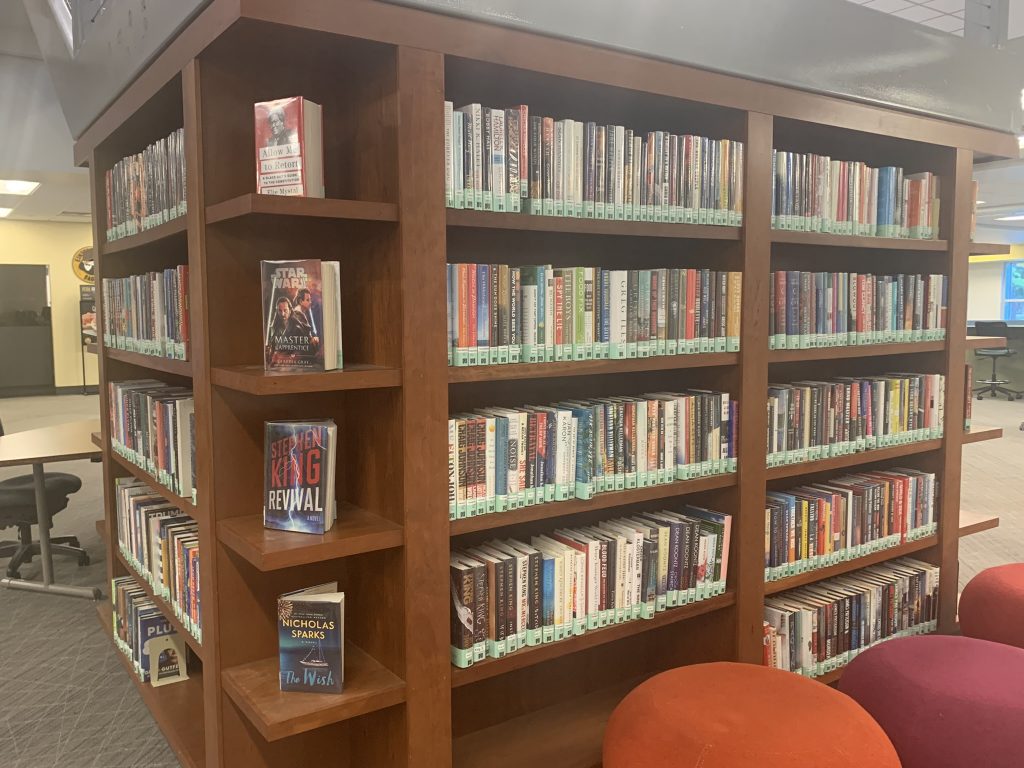
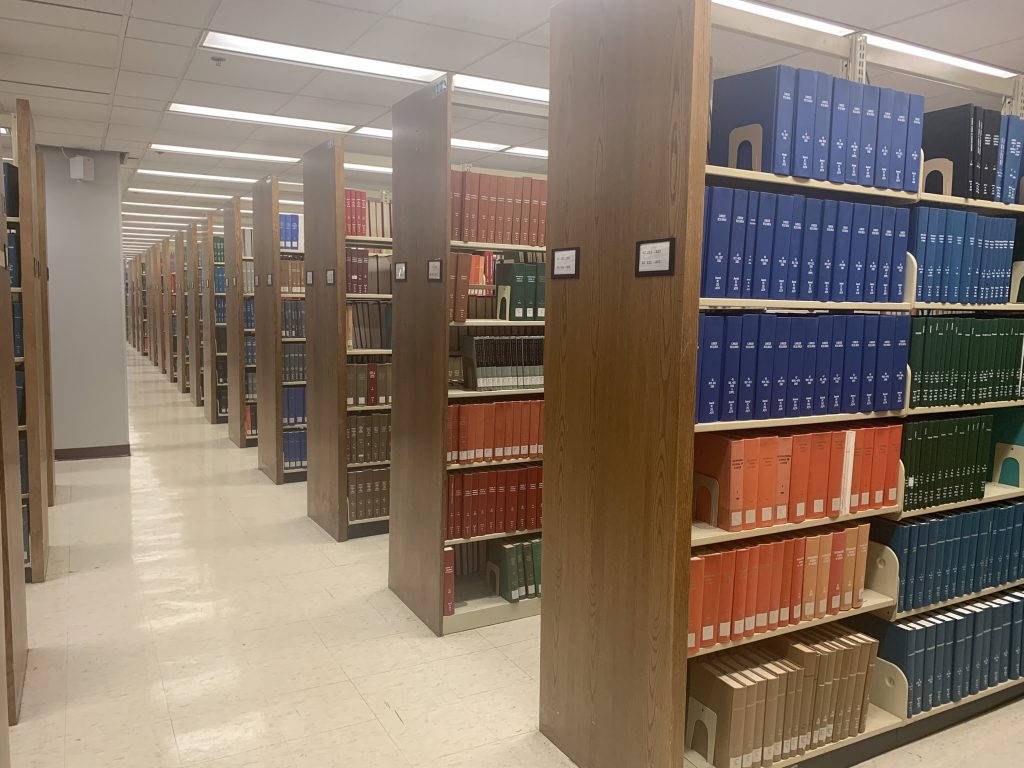
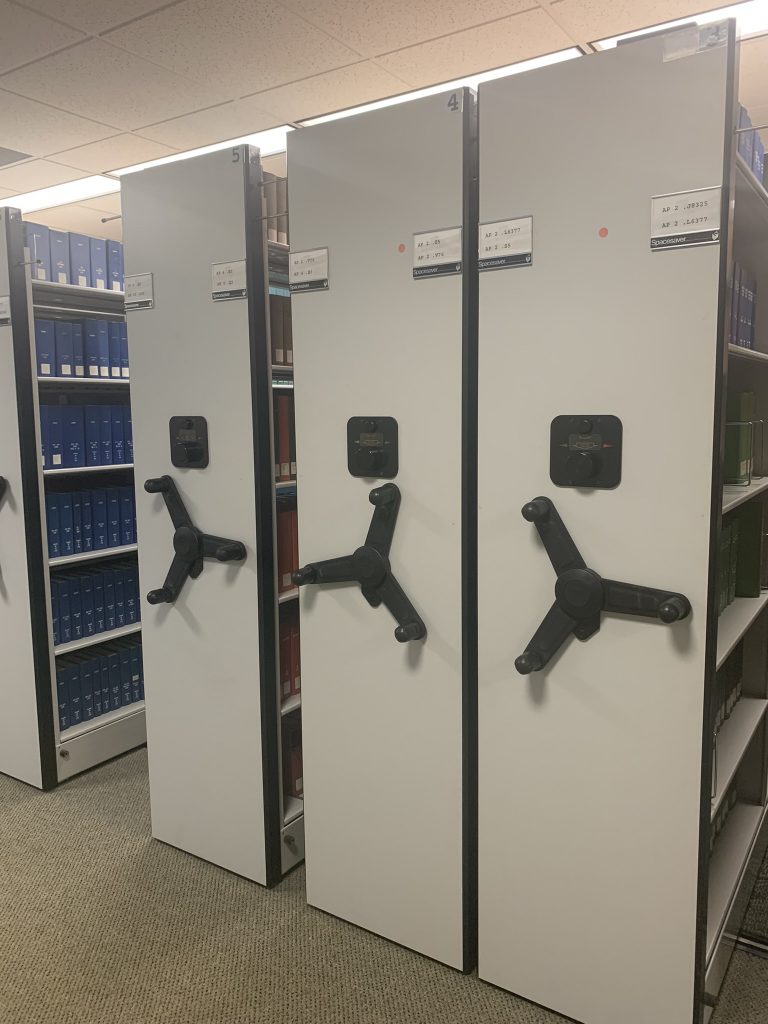
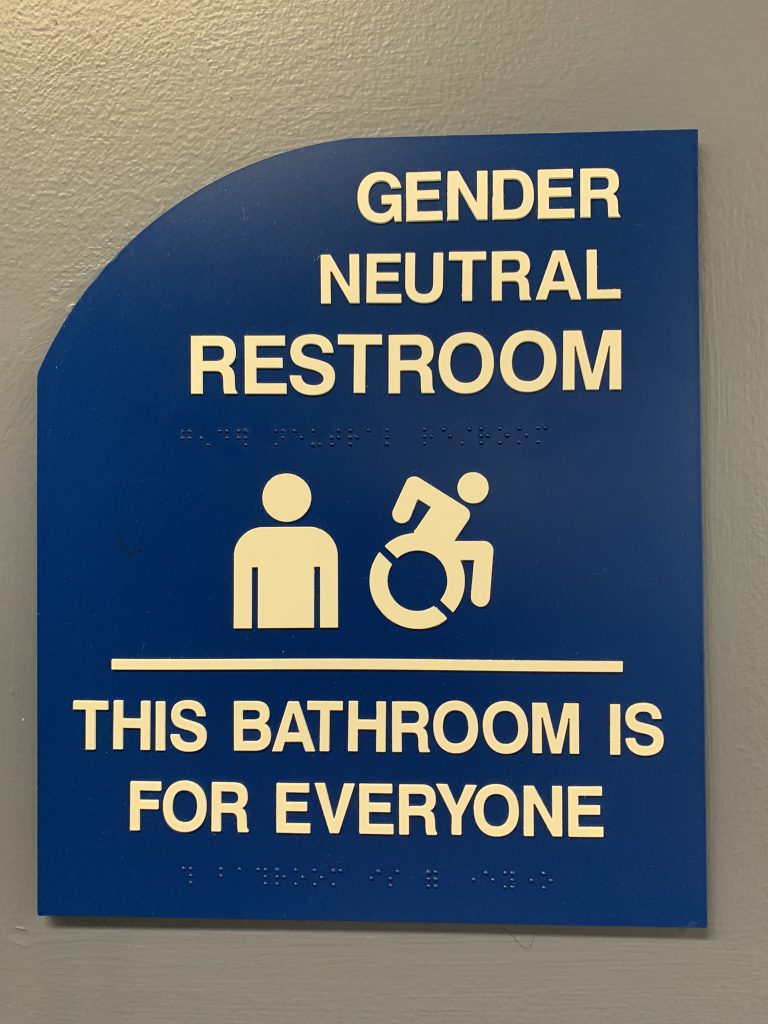
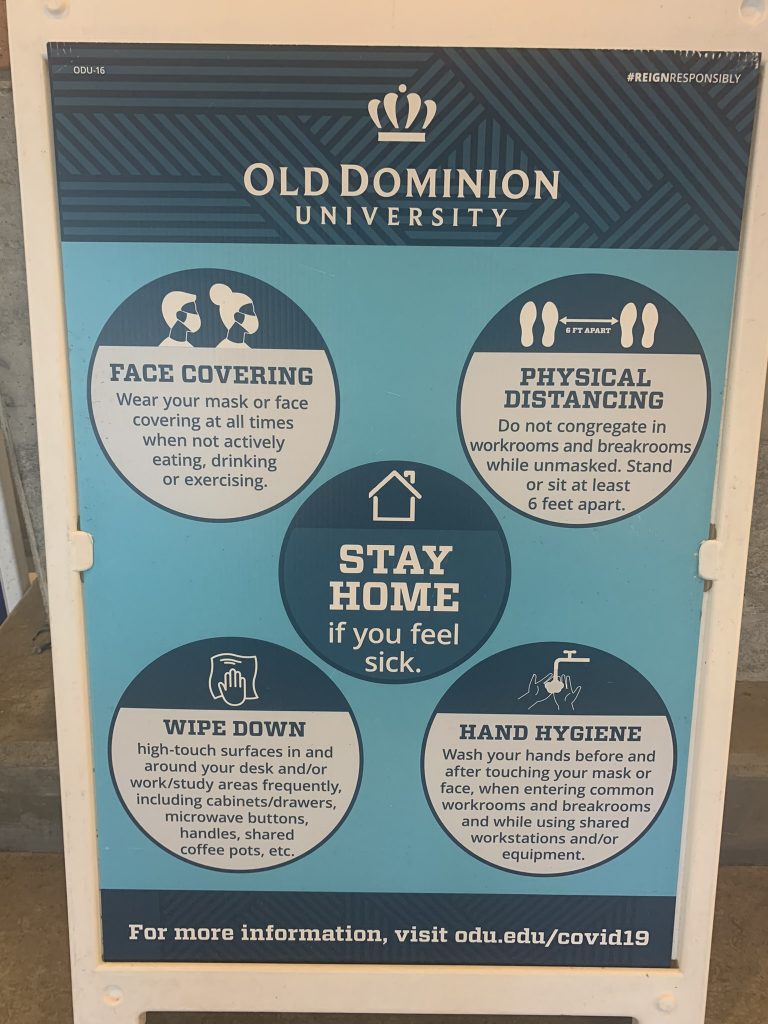
It’s great that you chose to visit Perry Library as your academic library visit! I’ve also never been before but feel like maybe it is something that I should do being, as we are part of the Library Studies program ODU. Your blog post makes me hope to check it out sooner than later! I love the popular books shelving unit they have there. I was surprised to see a smaller “newer reads” display at CNU that was geared more toward pleasure reading as well. I guess I think of academic libraries geared more towards researching and studying, rather than reading for entertainment. I think it’s great that there is a place for nursing mothers at Perry Library as well. In all my visits, I did not see that service offered for this population, which now that I’m thinking about it, is interesting especially for a public library to not have a place to accommodate nursing mothers and children, as so many of their services and programs are targeted toward them. Kudos to Perry Library for having a clean nursing space for students who might need this space!
I really enjoy reading your posts—thanks for taking us on such journeys! I also felt a twinge of nostalgia while reading this one. Your description of this library REALLY reminded me of the library from my undergraduate days (don’t ask how long ago, please, thank you). Even the layout of the different floors seems similar. I appreciated you asking what wasn’t included in the library because it seemed so comprehensive for so many different kinds of students. It’s good to know that there wasn’t anything “aggressively unwelcoming” there. Being an online-only student who doesn’t live close to ODU and will likely not get a chance to visit, I like knowing that the library is living up to its mission!
You didn’t humiliate yourself! LOL. We have all been there. This library is huge. I also appreciate the gender neutral restroom and lactation room, very inclusive! I like that the quiet study area is on a separate floor so that you do not disturb anyone. I’m you were as silent as a ninja walking past, no need for anxiety! But I get it. This library seems like a great place to get studying and research done. It does seem like there are some parking issues though. Thank you for sharing your experience.
Thank you for sharing as I have not had the opportunity to visit the Perry Library yet either. The library itself sounds like an amazing space with lots to offer us as students. You mentioned Journals from the 1800’s I would love to see those too. And on another note the issue of the flyers and posting seems to be a bigger problem than I’ve ever thought about because we have those same instructions and directives posted on our website and along our walls as you exit the Community College Library where I currently work.
Great that you visited our library. Seems pretty interesting. I would like to visit the campus and one of the places would definitely be the library. I’m glad they have gender free bathrooms for different genders. Everyone is welcomed. The room for the mothers is very nice privacy for them. Sounds like a good place to get studying and research done. Love the library.
I like how the Perry Library has the close together stacks. I have only seen those kinds of shelves in one other library. They can be convenient when there is a need for more space. I would just worry that I would accidently squash someone between the shelves. I also like how the bathrooms there are gender neutral. I have never seen that sign before anywhere and I like how it is included at Old Dominion. The website is easy to access and use. I like all of the resources available, both on the website and on campus.